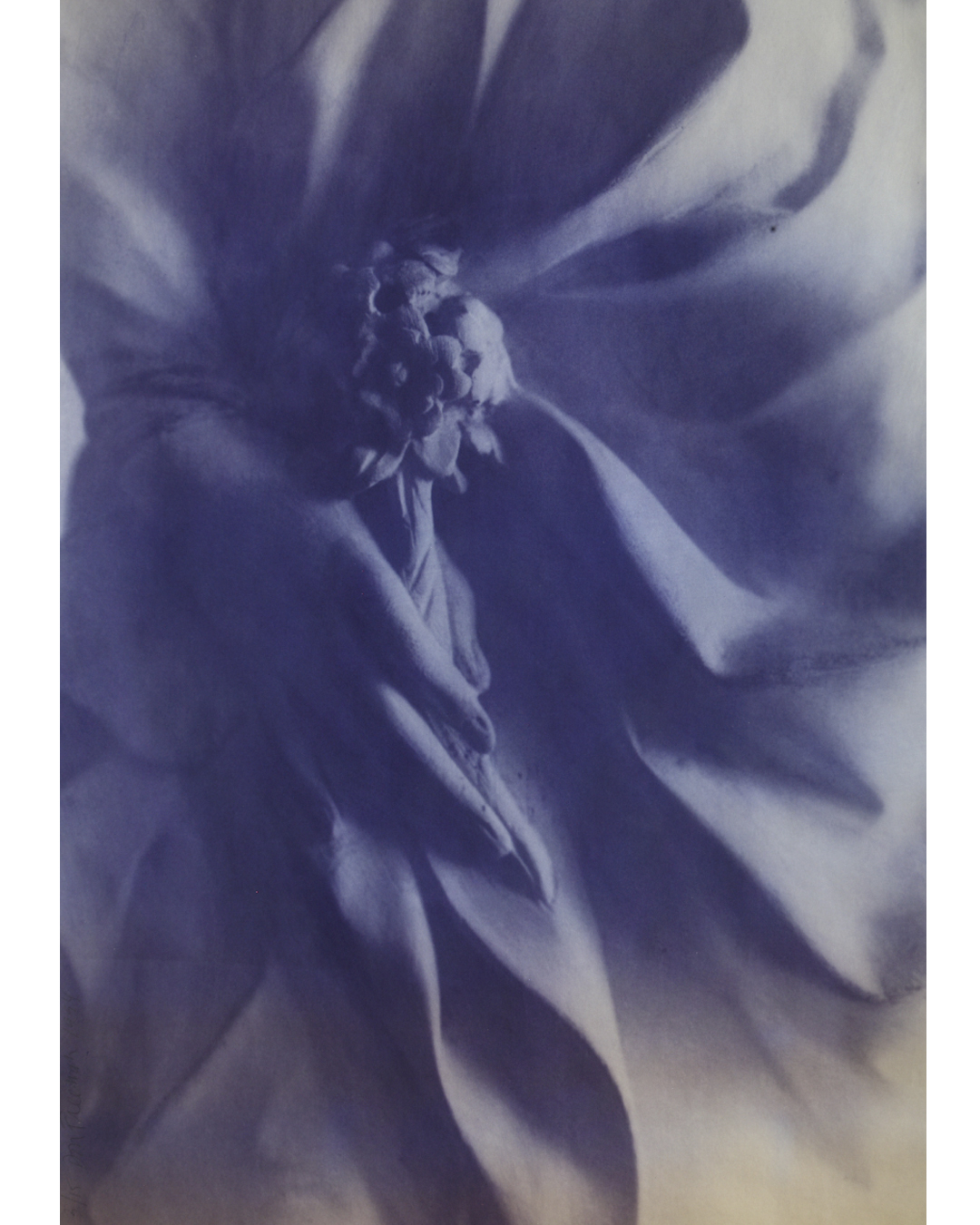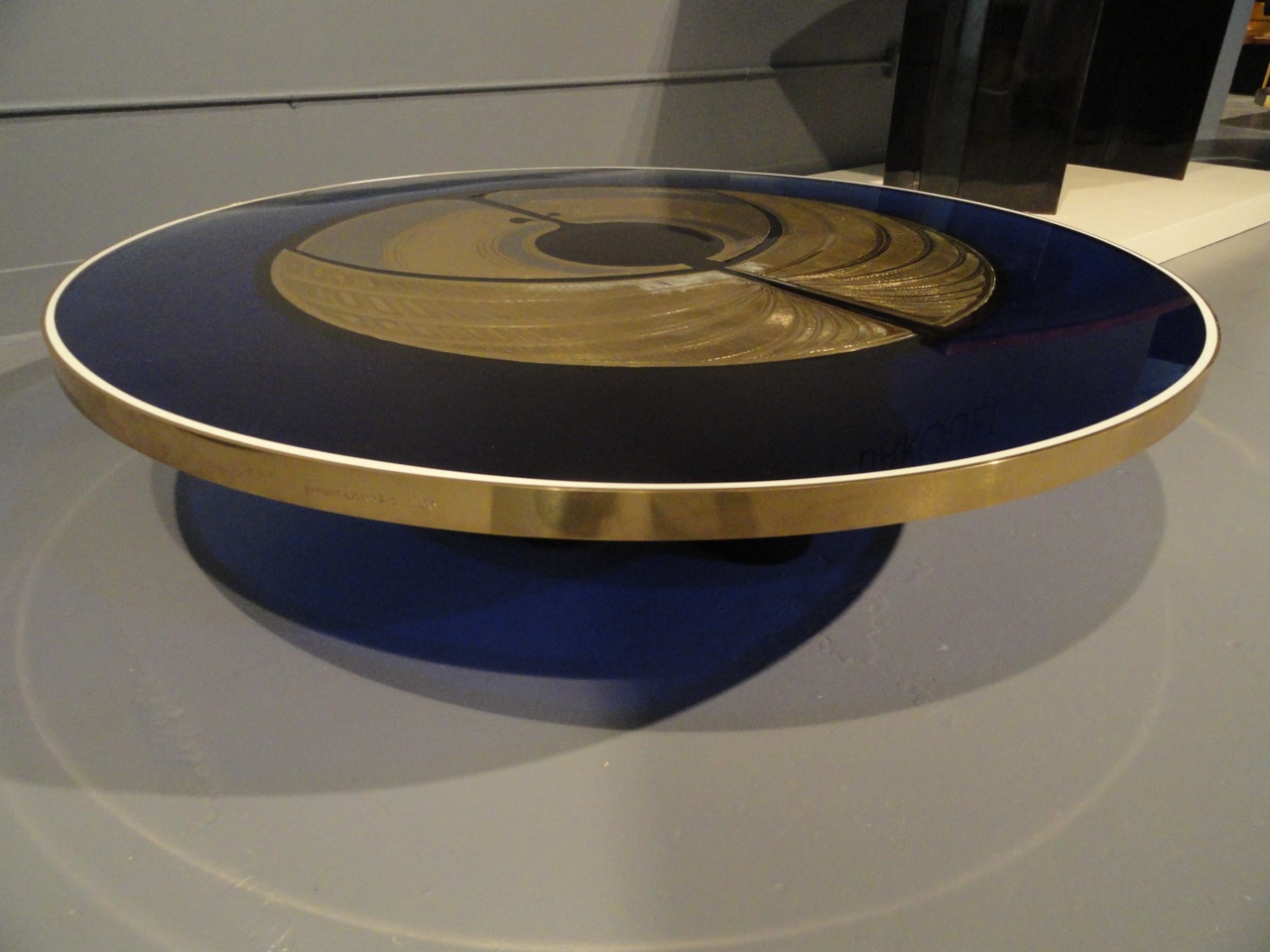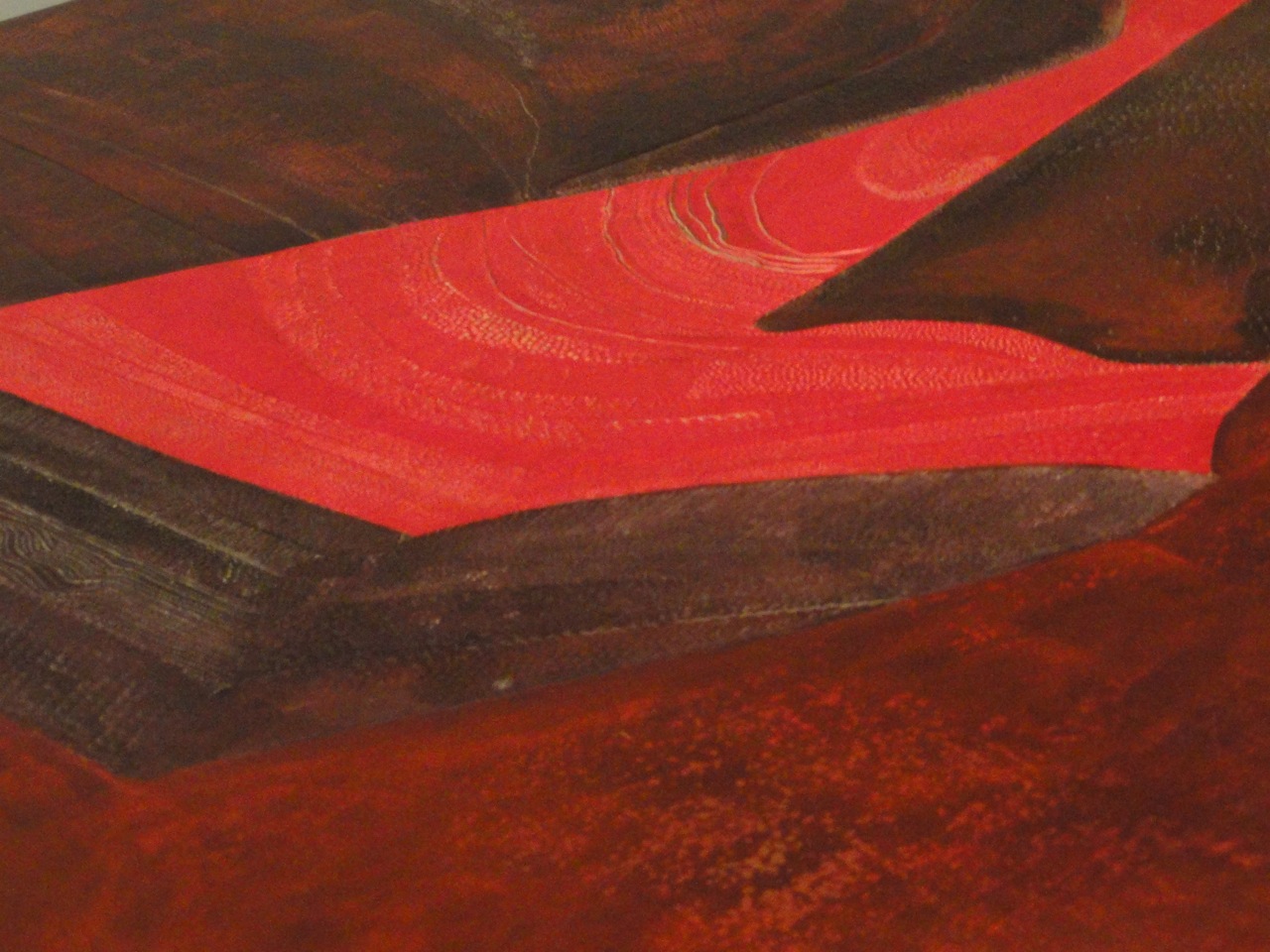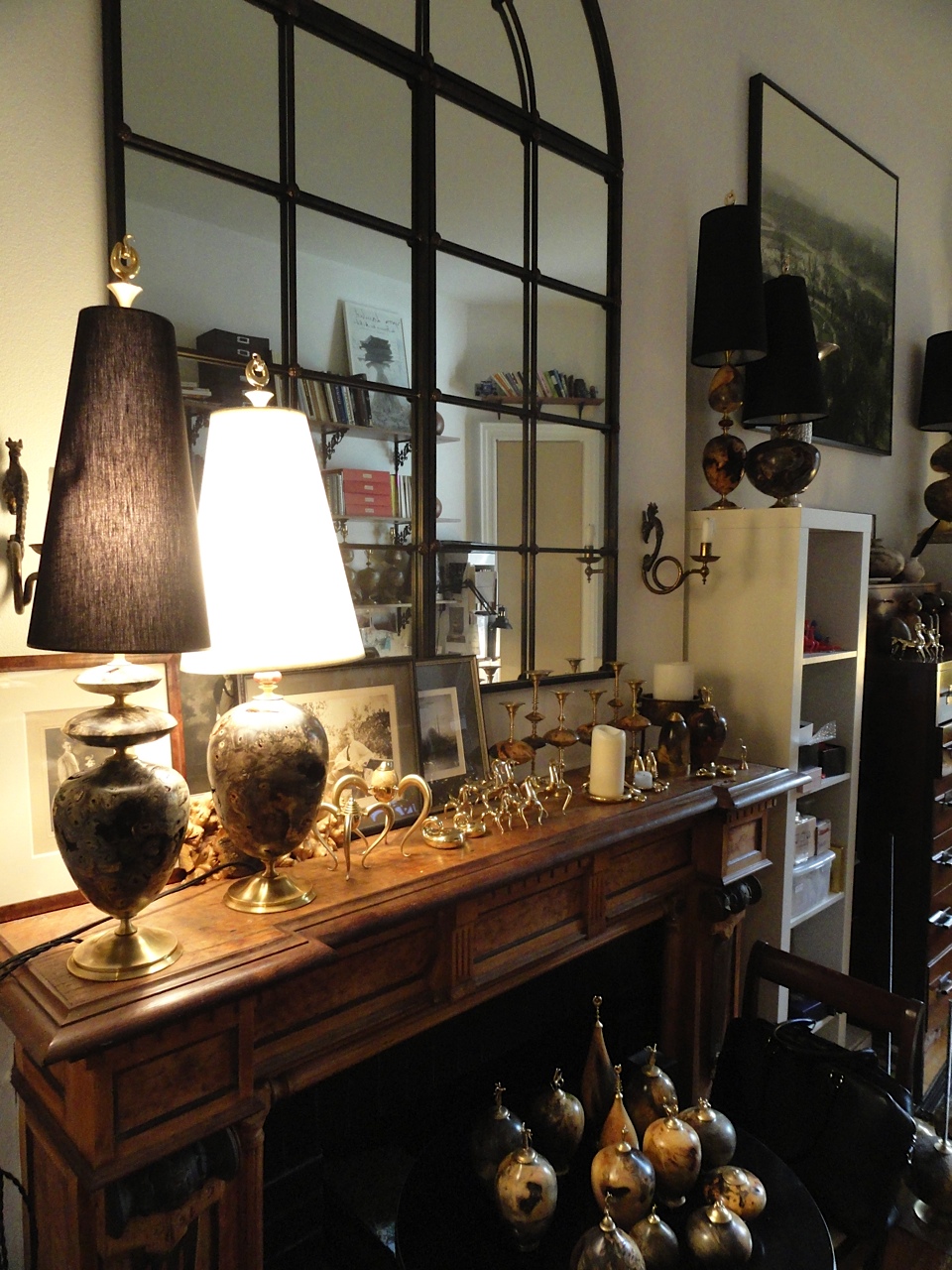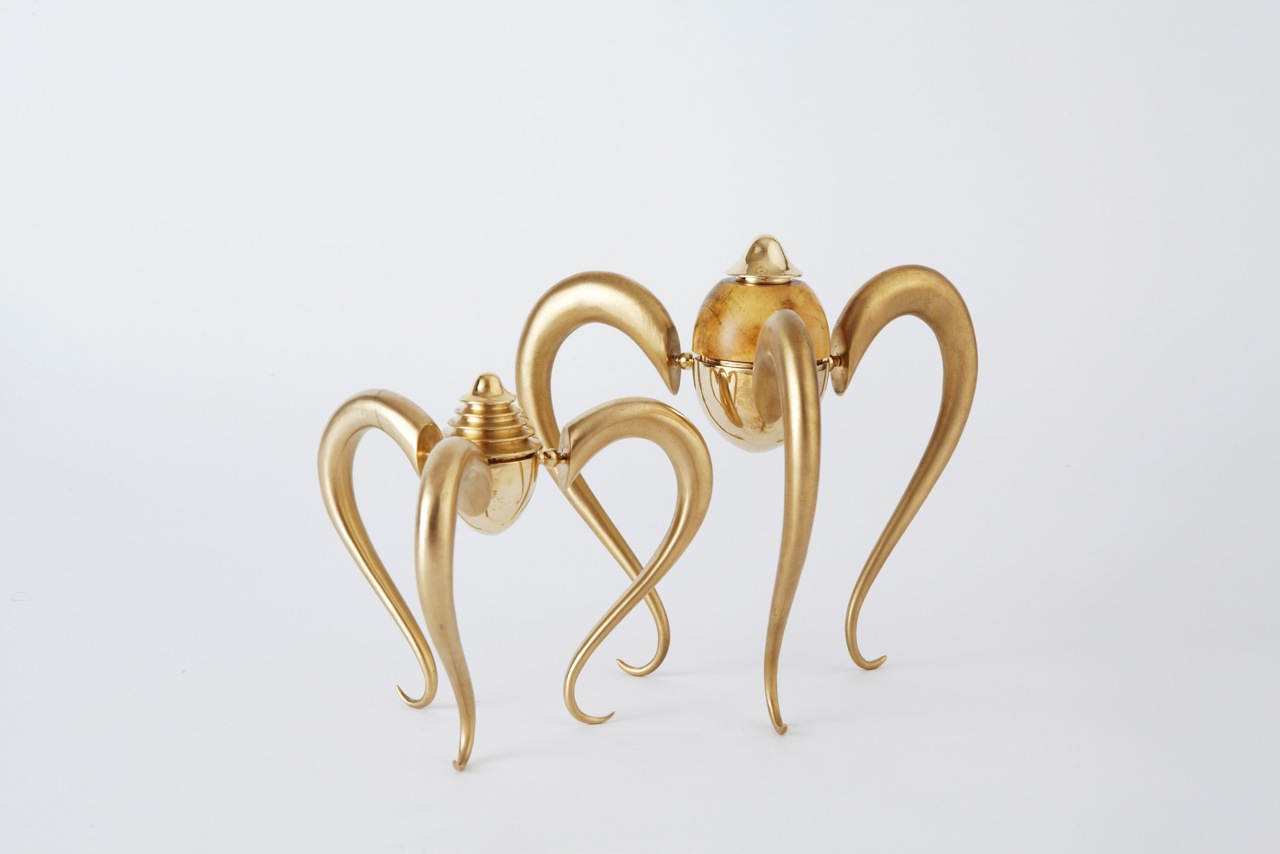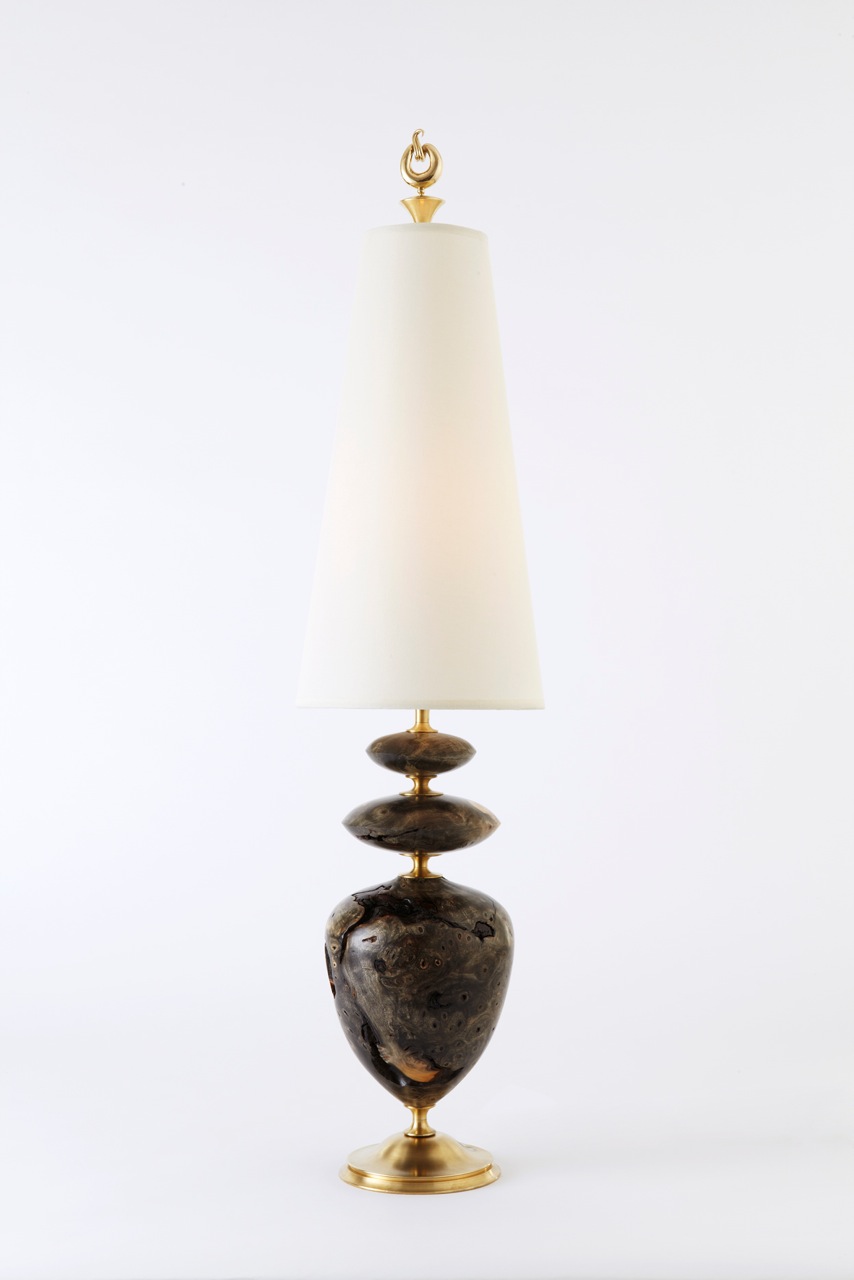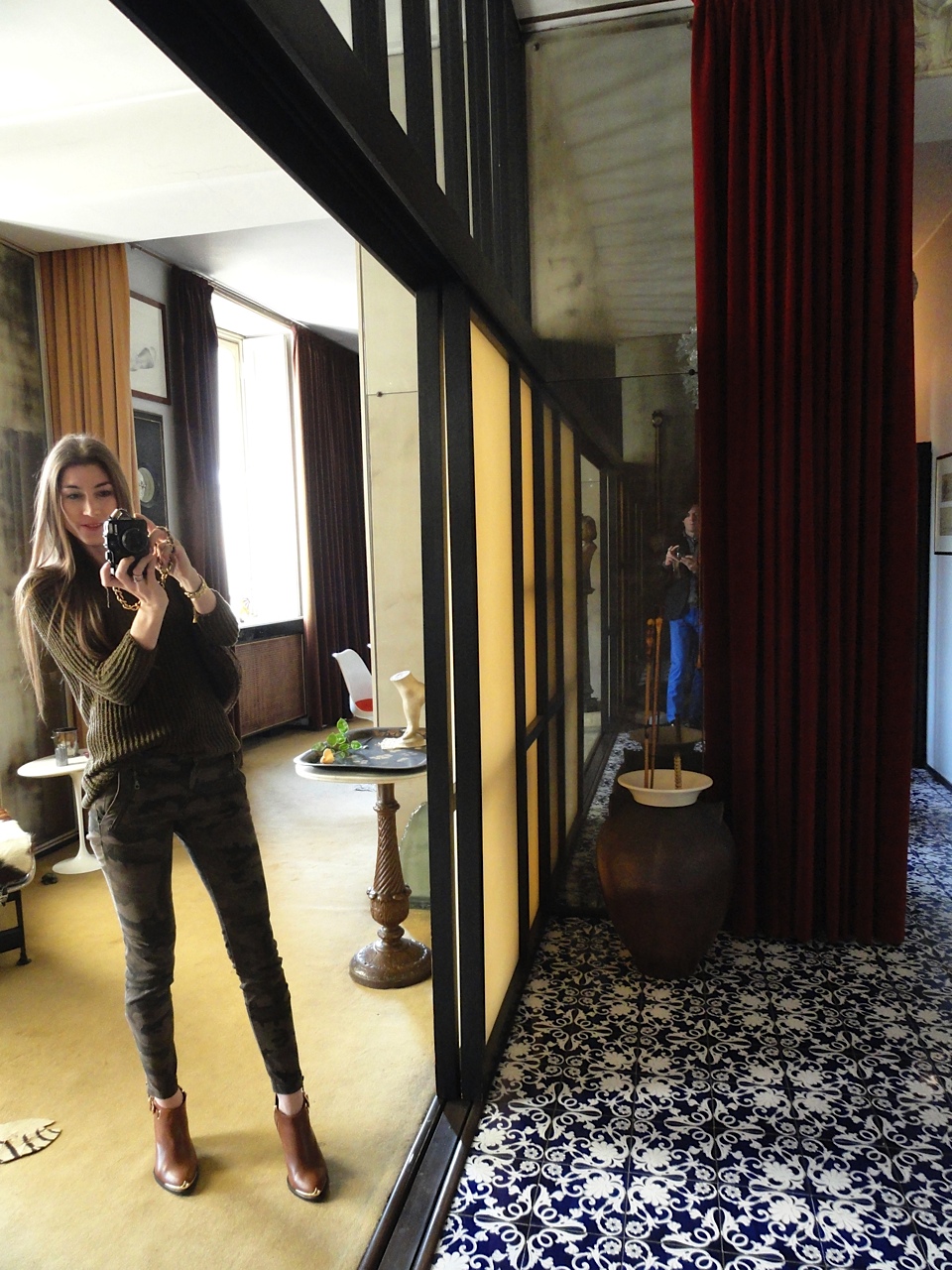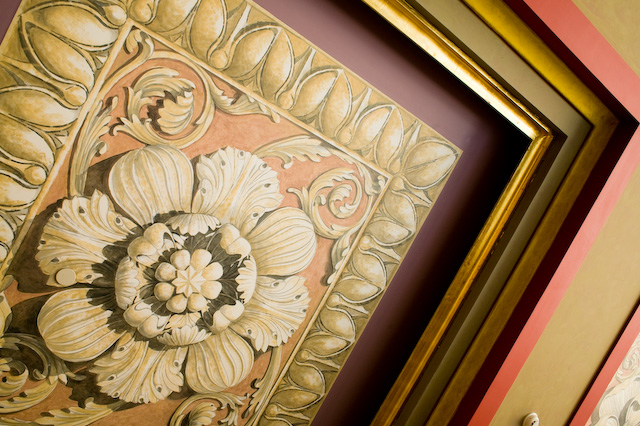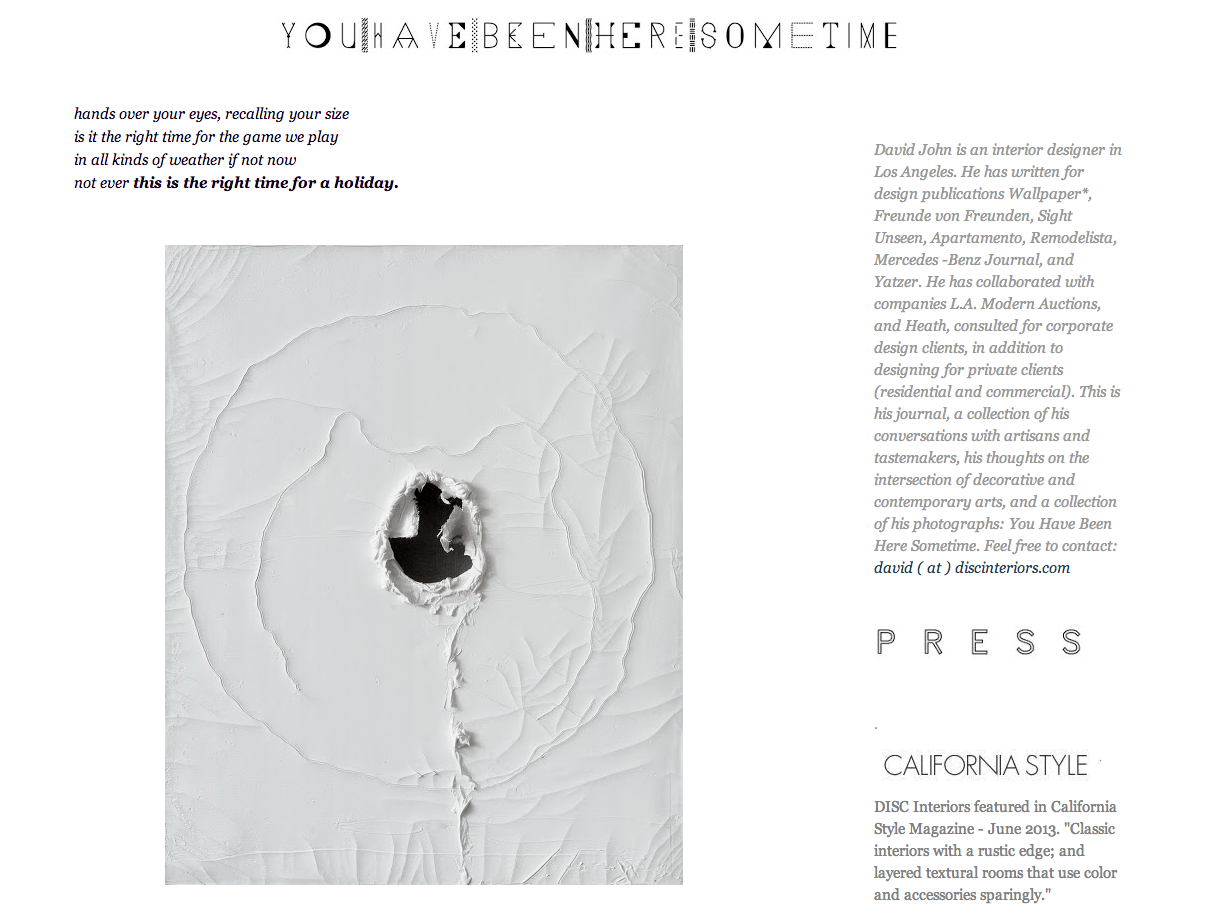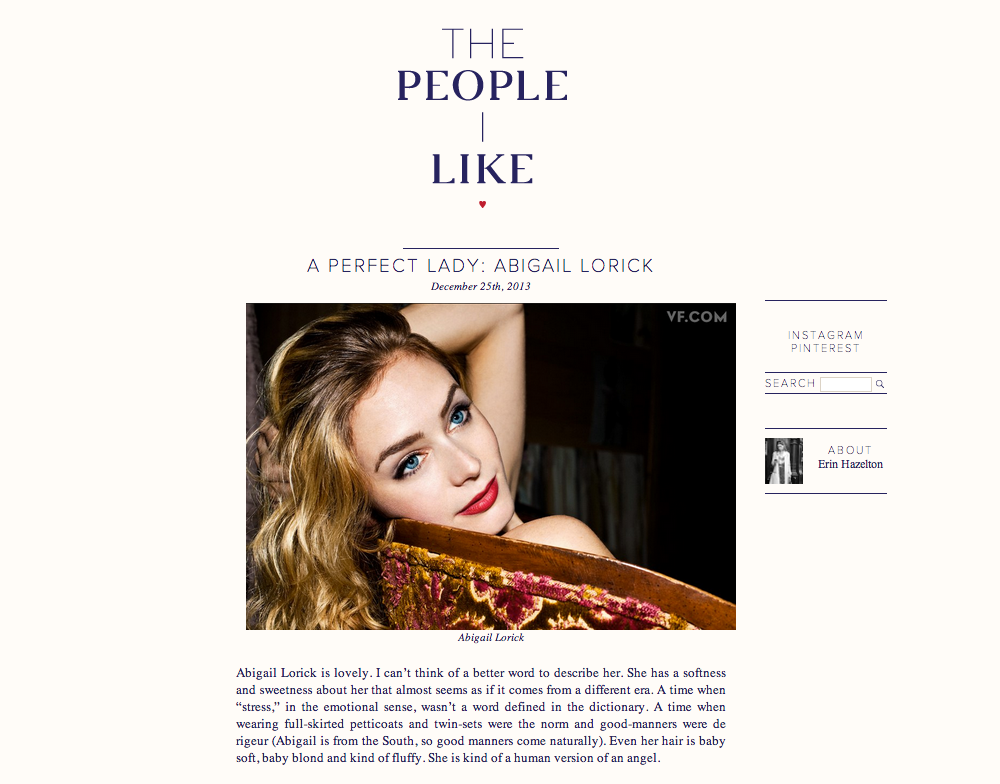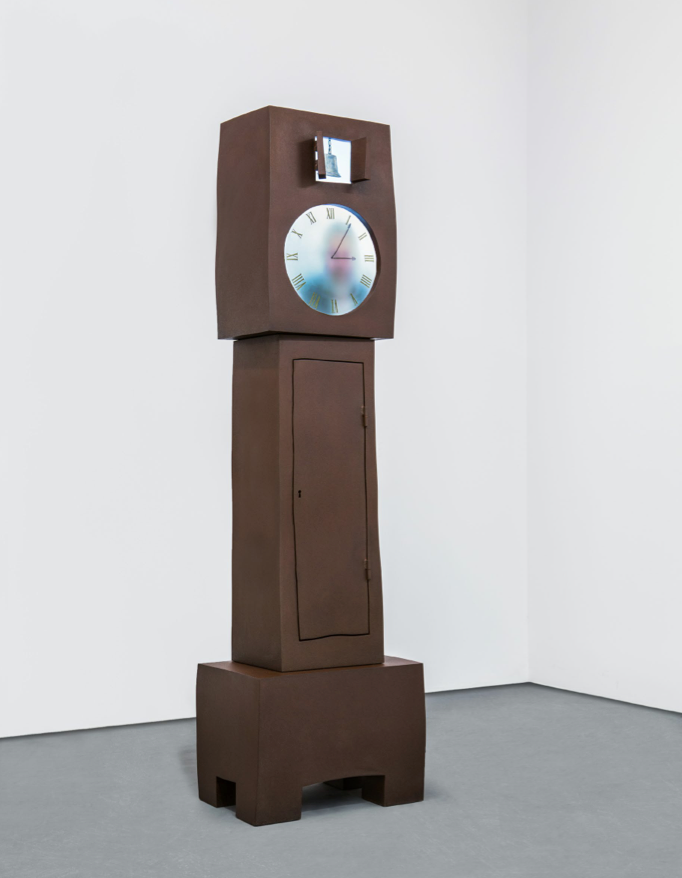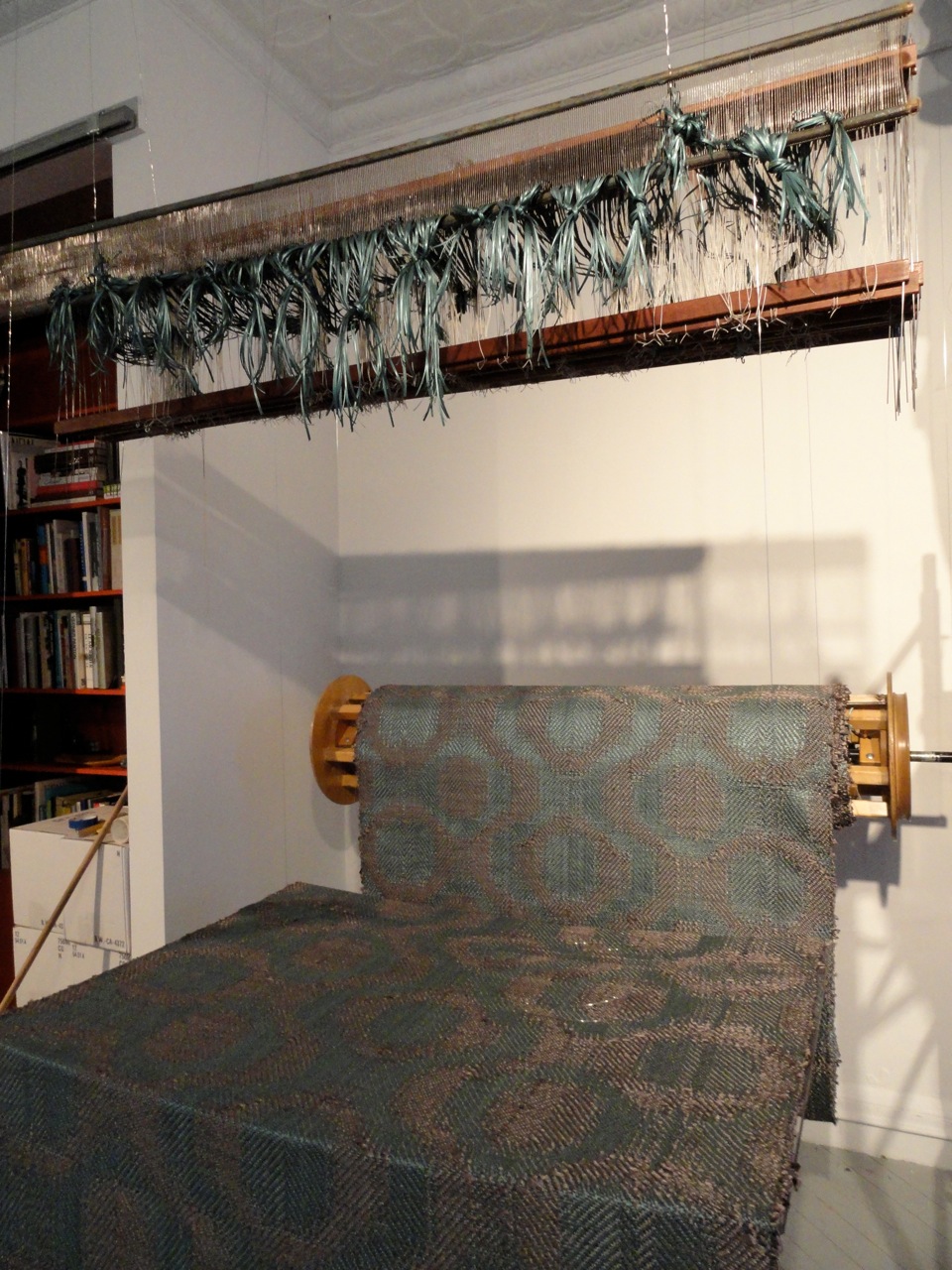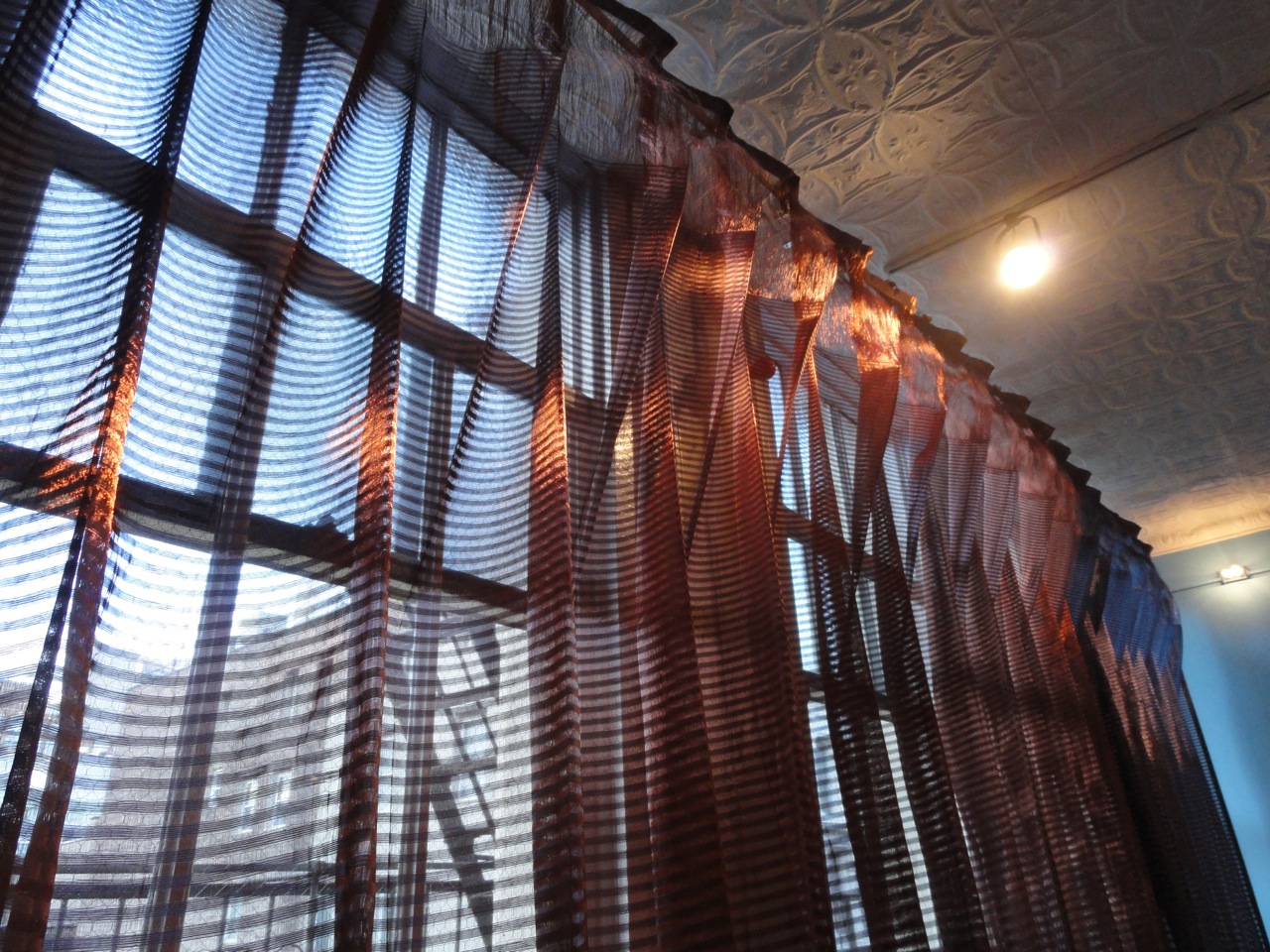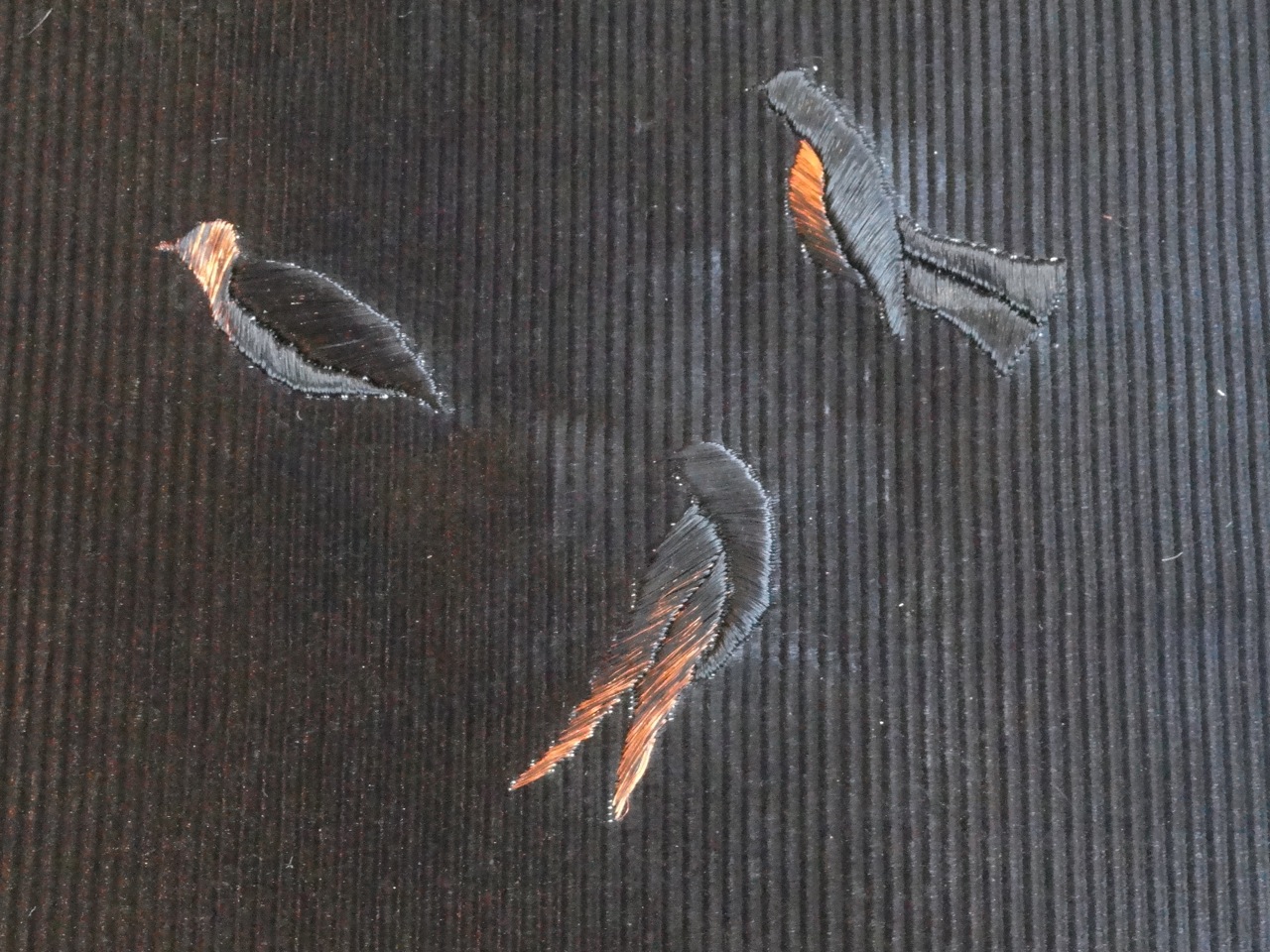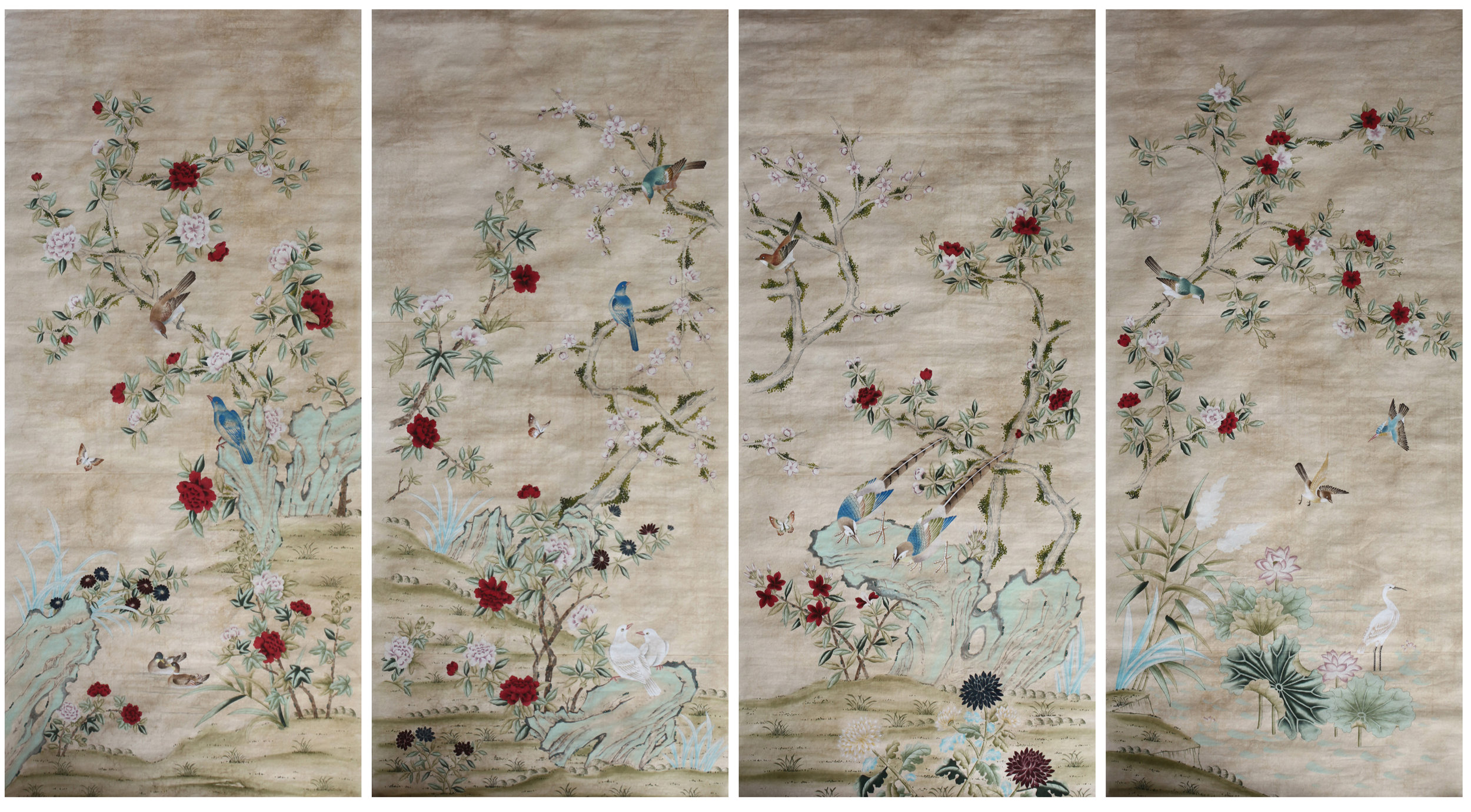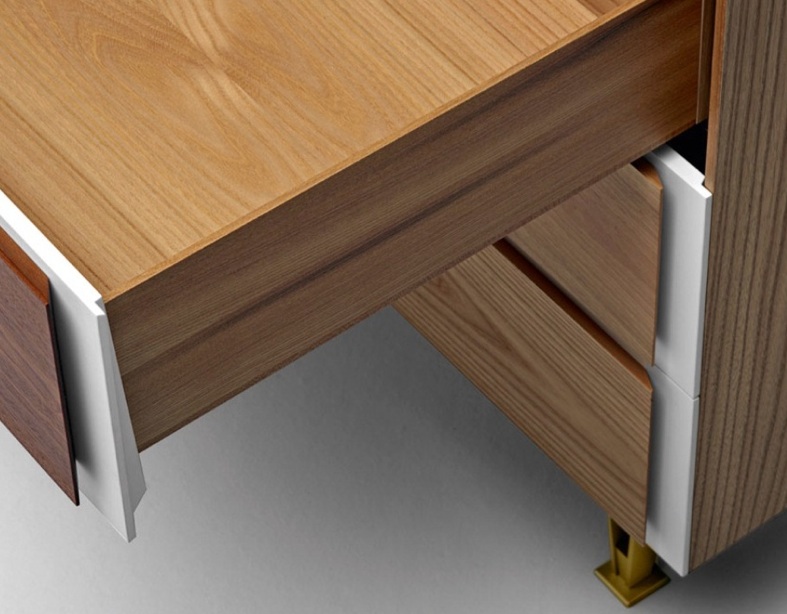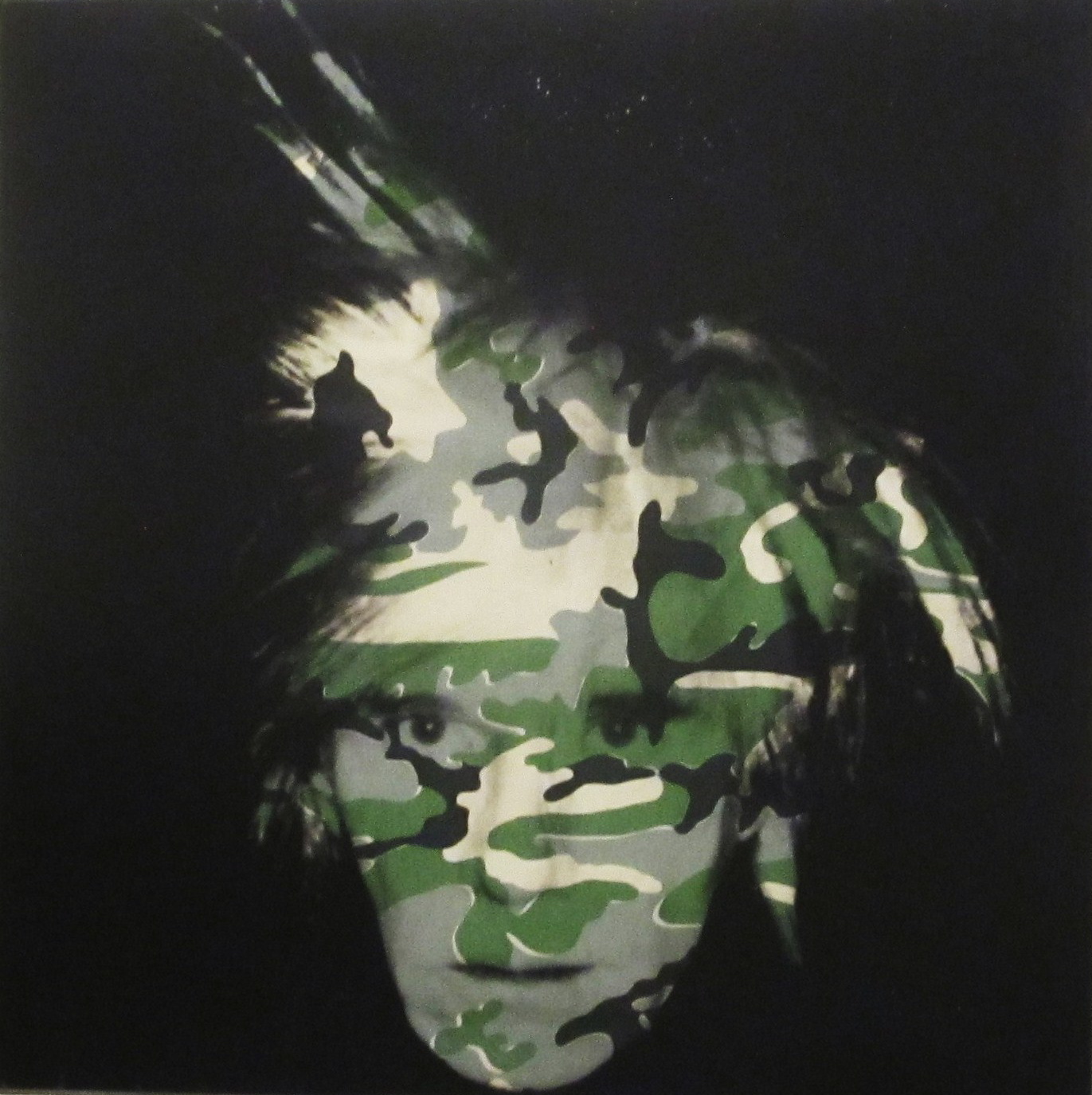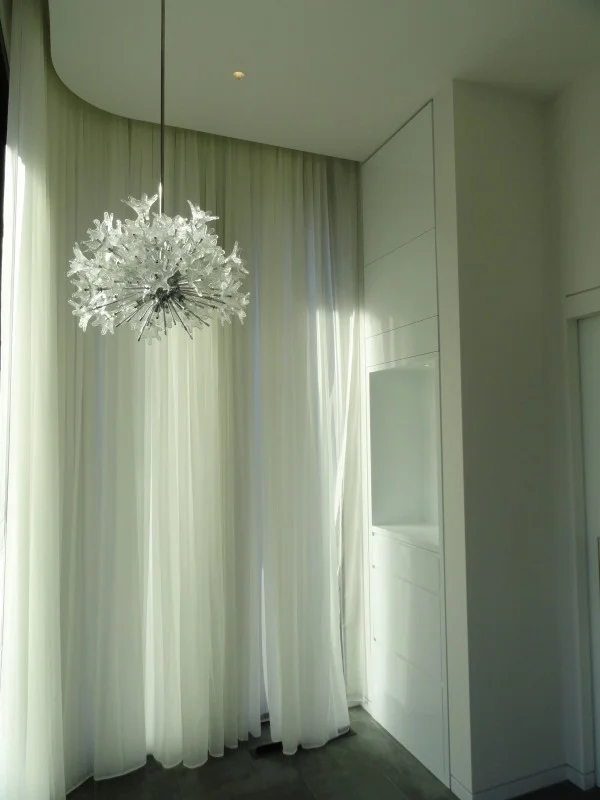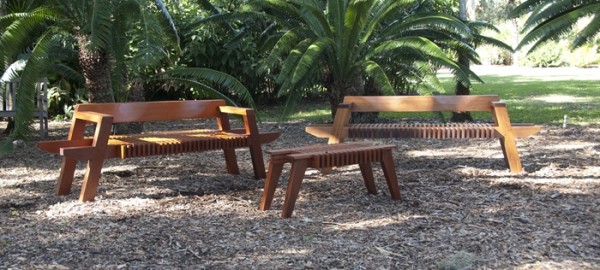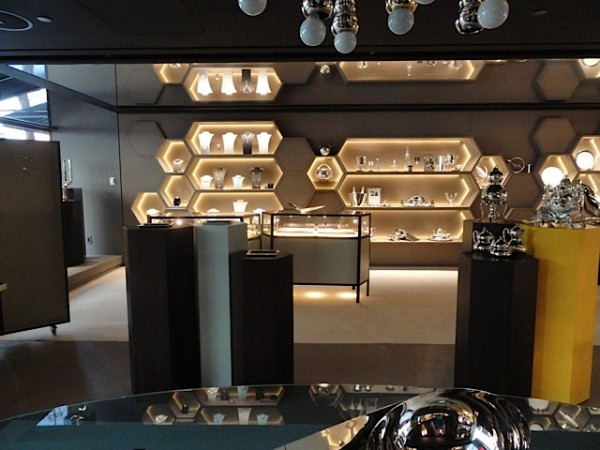The Gilded Owl is pleased to present DON FREEMAN / My Familiar Dream / 1994-2108.
Don Freeman is an American photographer, best known for his large, monochrome prints that depict subject matter, be it landscape, human forms or architectural fragments, in states of transmogrification. He divides his time between New York City and a house in the Catskill Mountains that he shares with his partner Garo Sparo and his dog Louie.
In the early years, Don mined religious iconography and images of classical antiquity to produce his hybrids of painting and photography. It was during this time that Don discovered photographic print toning and abandoned painting completely and started working with only his camera and his toning chemicals, creating work that explored tonality, depicted blurred and often fragmented images. The toners that Don chose to work with were single color, dye based, manufactured by Edwal. Dye toning kits were the domain of the amateur photographer who wanted to evoke a mood and nostalgia. In Don’s hands, these kitsch materials were transformed into a highly nuanced color system. The resulting image is no longer a traditional black and white photograph as the toning bath creates a chemical reaction that transforms the metallic silver in the paper to a dye.
Over the years Don pushed the envelope on what a photograph could be, he next moved on to using architectural blue printing to create a series of highly nuanced prints of flowers and Greek and Roman antiquities. As the blueprint process is highly unstable, something that Don was aware of, the images would degrade when exposed to light, creating ghosts of the original images. Then he thought about how to preserve them-the “race to stop the process of aging”. He talked to a conservationist at the National Gallery in Washington and got some tips on how they were protecting Robert Rauschenberg’s “Blueprints”. “If its beautiful, people will find a way to keep it around ” she said. Don’s blueprints were first exhibited at The Elga Wimmer gallery in New York in 1994, and will be on view at The Gilded Owl.
Don’s work is shot on 35mm black and white negative film. He uses high-speed, Tri-X, film for its inherent graininess. Don has created a catalog of images over the years; photos of flowers, antiquities, letters and architectural details that function as his noumenon awaiting their transformation by Don into subjective, tangible images. Don refers to his collection of images as, “a sort of Noah’s Ark.” Being very influenced by cinema, specifically the films of Andrei Tarkovsky, and more specifically Tarkovsky’s film Mirror, in which Tarkovsky creates a visual narrative that combines past and present, dreams and reality, color and black-and-white; themes at the core of Don’s interests.
His hand-made book “My Familiar Dream” (1991) a collection of images that include his ghostly series “Pompeii, and Alabaster Vessels, “I am all you have to contain your fears” reflect his belief that there is a collective unconsciousness to all things, and his camera a tool to bring that out.
The Branches: “My branch series is an ongoing project. I like the idea of coming face to face with something beautiful without anything coming between the image and me. I often carry around a white card with me when I go on walks through the woods and use it as a background to isolate the branches I find, like a portable studio. I’m not going after a Blossfeldt type approach, they’re very graphic and probably reflect my formal training as a graphic designer. When I exhibit them they’re presented like a checkerboard, one black, one white, after the other, across the wall.”
The Curtains: “They’re from a confessional in a church in Arezzo. I was taken in by the minute, human detail; you can actually see that they were stitched by hand. I think they express ideas that are deeper than words.”
When I shoot portraits I often like to make people look like statues. None of my work is photo shopped. I shot my friend Katherine under a tree and the sunlight filtering through the leaves created this dappled effect and made her take on the appearance of a weathered statue – the idea of turning someone into marble. It’s based on my favorite myth, Pygmalion, only in reverse. My lighting experiments don’t always work – I often need to see the contact sheet to see if a succeeded, but this one certainly did.”
Don’s latest work in process “Stone Faces” are digitally manipulated photographs from his archives of black and white negative film. “I want to create a library of images, using my original negatives in a modern digital way. Recently I had all of my Super8 Black and White film digitized from a project I began 30 years ago in Paris, which is loosely based on “Nadja” by Andre Breton. Last year I returned to Paris with my Super8 camera and together, with we finished the film, finding just the right ending-30 years later. All it takes is time.”
The Gilded Owl will also be screening Don’s documentary “Art House” (2015). The film explores the handmade homes created and lived in by eleven distinguished American artists, including Frederic Church, Paolo Soleri, George Nakashia and Wharton Esherick.
For further information contact andy@thegildedowl.com and elizabeth@thegildedowl.com


